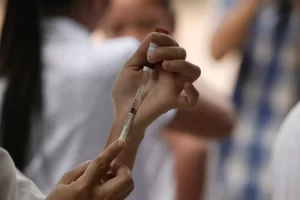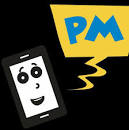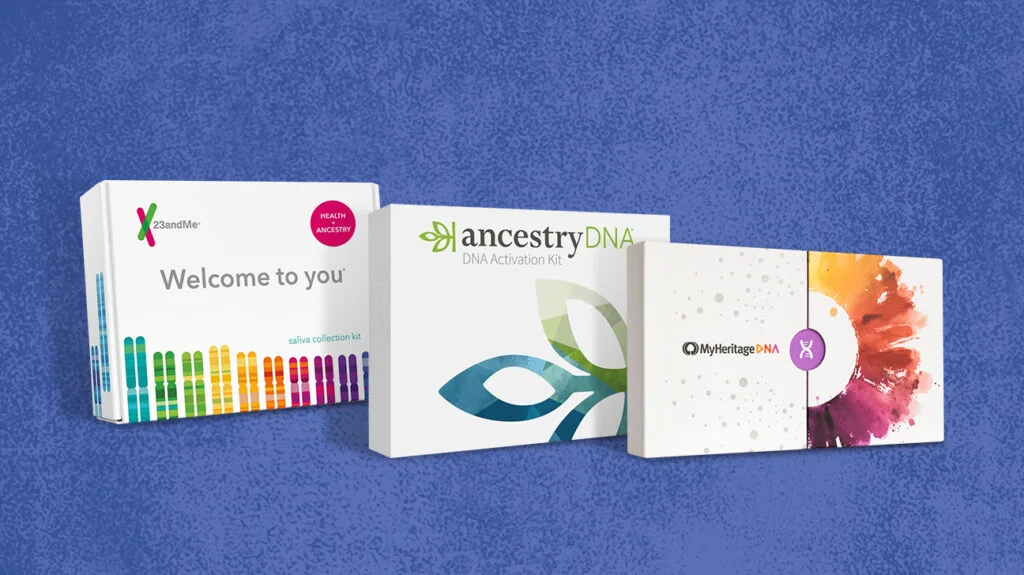Since the outbreak of COVID-19, misinformation has flooded social media, news outlets, and everyday conversations. From wild claims about miracle cures to downplaying the virus’s severity, it’s hard for the average person to know what’s true and what’s fiction. To help set the record straight, Infectious Disease Specialist Dr. Farida Malik breaks down the most common COVID-19 myths and provides evidence-based facts from trusted sources like the CDC and WHO.

Myth #1: COVID-19 Is No Worse Than the Seasonal Flu
Fact: COVID-19 Is Significantly More Severe and Contagious
While both COVID-19 and the seasonal flu spread through respiratory droplets, their impacts are drastically different. COVID-19 is caused by the SARS-CoV-2 virus, while the flu comes from various influenza viruses. But what really sets COVID-19 apart is its transmission rate and mortality.
-
Reproduction Rate (R0):
-
COVID-19: 2 to 2.5
-
Seasonal flu: 1.3
-
-
Infection Fatality Rate:
-
COVID-19: Estimated between 0.4% to 1.5%
-
Flu: Roughly 0.1%
-
This means COVID-19 spreads more easily and is up to 15 times more deadly than the flu, especially for vulnerable populations.
Myth #2: Only Older Adults Can Get COVID-19
Fact: Anyone Can Get Infected — Risk Depends on Exposure and Health Conditions
COVID-19 doesn’t discriminate by age. While older adults and those with certain health conditions are at higher risk for severe illness, anyone — including young adults, teens, and children — can catch and transmit the virus.
Those at greater risk for complications include:
-
People over age 65
-
Residents of nursing homes
-
Individuals with:
-
Chronic lung disease or asthma
-
Heart conditions
-
Diabetes
-
Kidney or liver disease
-
Immunocompromised states (e.g., cancer treatment, organ transplant, HIV/AIDS)
-
Severe obesity (BMI ≥ 40)
-
Even if you’re healthy, you can still spread the virus to others unknowingly.
Myth #3: No Symptoms = No COVID-19
Fact: Asymptomatic Individuals Can Still Spread the Virus
Roughly 80% of COVID-19 cases are either asymptomatic or show only mild symptoms — yet these individuals can still infect others. COVID-19 symptoms range from mild to severe and may include:
-
Fever or chills
-
Cough
-
Shortness of breath
-
Fatigue
-
Muscle or body aches
-
Sore throat
-
Loss of taste or smell
-
Nausea, vomiting, or diarrhea
Even if you feel fine, you could still be carrying and spreading the virus.
Myth #4: Bleach, Alcohol, or Disinfectants Can Cure or Prevent COVID-19
Fact: This Is Extremely Dangerous and Potentially Fatal
Ingesting or injecting bleach, alcohol, or any kind of disinfectant is not only ineffective against COVID-19 but also life-threatening. These substances should never be used inside the body under any circumstances.
Myth #5: UV Light Can Kill the Virus Inside the Body
Fact: UV Light Disinfects Surfaces — Not Your Organs
While UV-C light is effective in sanitizing surfaces and air, it cannot be safely used inside the human body. Using UV light internally is not only ineffective but could lead to serious burns or tissue damage.
Myth #6: Hand Dryers Kill the Virus
Fact: Hand Dryers Are Not a Substitute for Handwashing
There’s no scientific evidence to support the idea that hot air from hand dryers can kill the virus. The best defense remains:
-
Washing your hands with soap and water for at least 20 seconds
-
Using hand sanitizer with at least 60% alcohol when soap is unavailable
-
Avoiding face-touching with unwashed hands
-
Maintaining social distancing of at least 6 feet
Myth #7: A Negative COVID-19 Test Means You’re Not Infected
Fact: False Negatives Are Possible — Stay Cautious
COVID-19 testing has a false negative rate of approximately 30%, meaning some infected individuals may test negative. Causes for false negatives include:
-
Improper sample collection
-
Testing too early
-
Low viral load
-
Testing errors
If symptoms persist or exposure is likely, consult your doctor about retesting.
Myth #8: Hydroxychloroquine or Chloroquine Cure COVID-19
Fact: These Drugs Have Not Been Proven Effective and Carry Serious Risks
Initial hopes for hydroxychloroquine and chloroquine were based on anecdotal reports. However, well-conducted studies have not proven these medications to be effective against COVID-19, and they may cause dangerous side effects such as heart arrhythmias.
Clinical trials are ongoing, but current recommendations do not support their use without medical supervision.
Myth #9: You Can’t Get COVID-19 Twice
Fact: Reinfection Is Possible, Though Rare
While most people develop antibodies after recovering from COVID-19, reinfections have been documented. The World Health Organization (WHO) states there is no conclusive evidence that previous infection guarantees immunity.
The duration and strength of immunity — whether from natural infection or vaccination — is still being studied.
Frequently Asked Questions:
Q1: Can young people get seriously ill from COVID-19?
A: Yes. While older adults are more at risk, young and otherwise healthy individuals can develop severe symptoms or long COVID.
Q2: Does a negative COVID test mean I’m in the clear?
A: Not always. False negatives can occur, especially early in infection. Monitor symptoms and consider a retest if needed.
Q3: Is natural immunity better than vaccination?
A: Both offer protection, but vaccines are more predictable and safer. Reinfection is possible even after a prior illness.
Q4: Do asymptomatic people need to quarantine?
A: Yes. Asymptomatic individuals can still spread the virus, which is why quarantine after exposure remains crucial.
Q5: Are UV sanitizers safe for personal use?
A: UV sanitizers can disinfect surfaces but should never be used on or inside the human body.




